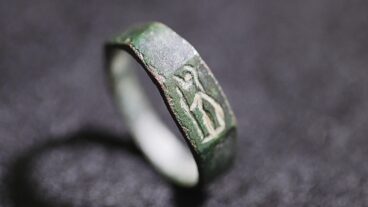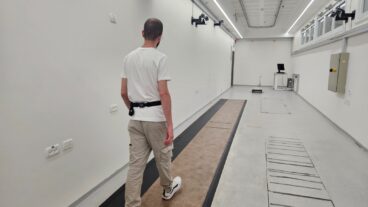Today’s scheduled launch of the Endeavor space shuttle will not only mark the end of the era of NASA shuttle launches but will also close a circle for Israeli professor Dan Gazit of the Hebrew University of Jerusalem.
Gazit’s experiment in bone cells began on the 2003 Columbia space shuttle that crashed and killed all astronauts aboard, including Israel’s first-ever and only astronaut, Col. Ilan Ramon.
Among the other things Ramon took on the Columbia flight was a cell culture device, which contained adult stem cells. The experiment by Prof. Gazit, of the Skeletal Biotechnology Laboratory at Hebrew University, focused on the regeneration of skeletal tissue by converting adult stem cells into skeletal tissue through genetic engineering. The purpose of the space experiment was to investigate the influence of weightlessness on the function of the stem cells.
Since it is known that astronauts quickly lose bone mass while they are in space – in effect developing osteoporosis – the object of the project was to find those genes that are either active or suppressed in the cells that generate bone and therefore are responsible for the phenomenon, explained Prof. Gazit.
The experiment was to include a comprehensive analysis of thousands of genes within the cells that were in the space vehicle and their comparison to those which were grown in the Hebrew University laboratory. The results could have implications for anyone suffering from osteoporosis or confined to bed rest for extended periods.
After the loss of the cells due to the tragic accident, Prof. Gazit, who was a close friend of Ramon, and his colleagues used an alternative technology to mimic weightlessness on earth. The group utilized a dynamic cell culture system that rotates around its axis, generating free-fall conditions for the cells growing inside it.
The researchers found that the weightlessness caused the stem cells to change into fat cells and prevented their being converted into bone cells. The results explain why lack of movement or weight can lead to loss of bone mass.
On today’s space flight, this experiment with weightlessness will be replicated by the Fisher Foundation under actual space conditions in order to evaluate the mechanism of bone loss in space.
Prof. Gazit’s group is currently working on the development of new treatments based on the use of adult stem cells for rehabilitation of the spine for osteoporosis patients. This method is based on getting the body’s own repair cells to reverse loss of bone mass and to repair the damage from which these patients are suffering, such as spine fractures.












